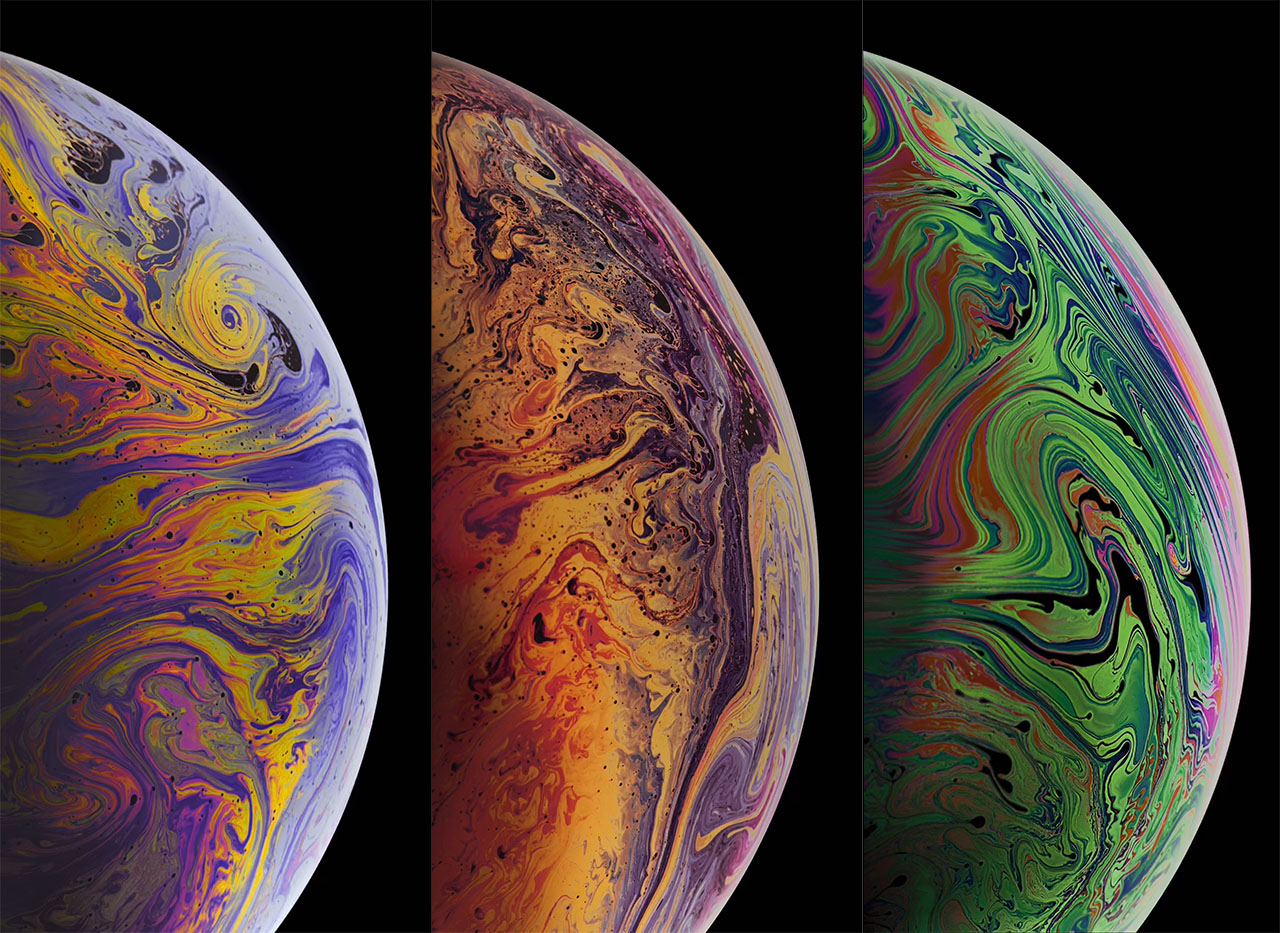

Cycling '74 released their own set of video extensions, Jitter, alongside Max 4 in 2003, adding real-time video, OpenGL graphics, and matrix processing capabilities. SoftVNS, another set of extensions for visual processing in Max, was released in 2002 by Canadian media artist David Rokeby. Though NATO.0+55+3d became increasingly popular among multimedia artists, its development stopped abruptly in 2001. In 1999, the Netochka Nezvanova collective released NATO.0+55+3d, a suite of externals that added extensive real-time video control to Max. This meant that composers could now create their own complex synthesizers and effects processors using only a general-purpose computer like the Macintosh PowerBook G3.

Called Max/MSP ("Max Signal Processing", or the initials Miller Smith Puckette), it remains the most notable of Max's many extensions and incarnations: it made Max capable of manipulating real-time digital audio signals without dedicated DSP hardware. Cycling '74's first Max release, in 1997, was derived partly from Puckette's work on Pure Data. Meanwhile, Puckette had independently released a fully redesigned open-source composition tool named Pure Data (Pd) in 1996, which, despite some underlying engineering differences from the IRCAM versions, continued in the same tradition. Various synthesizers and instruments connected to Max. It used Java for its graphical interface and C for its real-time backend, and was eventually released as open-source software. IRCAM's in-house Max development was also winding down the last version produced there was jMax, a direct descendant of Max/FTS developed in 1998 for Silicon Graphics (SGI) and later for Linux systems. The timing was fortunate, as Opcode was acquired by Gibson Guitar in 1998 and ended operations in 1999.


Instead, Zicarelli acquired the publishing rights and founded a new company, Cycling '74, to continue commercial development. However, by 1997, Opcode was considering cancelling it. Opcode launched a commercial version named Max in 1990, developed and extended by David Zicarelli.
#Max for live download free software
The same year, IRCAM licensed the software to Opcode Systems. Also known as "Audio Max", it would prove a forerunner to Max's MSP audio extensions, adding the ability to do real-time synthesis using an internal hardware digital signal processor (DSP) board. In 1989, IRCAM developed Max/FTS ("Faster Than Sound"), a version of Max ported to the IRCAM Signal Processing Workstation (ISPW) for the NeXT. Its earliest widely recognized use in composition was for Pluton, a 1988 piano and computer piece by Philippe Manoury the software synchronized a computer to a piano and controlled a Sogitec 4X for audio processing. At this point in its development Max couldn't perform its own real-time sound synthesis in software, but instead sent control messages to external hardware synthesizers and samplers using MIDI or a similar protocol. Originally called The Patcher, this first version provided composers with a graphical interface for creating interactive computer music scores on the Macintosh. ġ980s: Miller Puckette began work on Max in 1985, at the Institut de Recherche et Coordination Acoustique/Musique (IRCAM) in Paris. Because of this extensible design, which simultaneously represents both the program's structure and its graphical user interface (GUI), Max has been described as the lingua franca for developing interactive music performance software. Thus, Max has a large user base of programmers unaffiliated with Cycling '74 who enhance the software with commercial and non-commercial extensions to the program. An application programming interface (API) allows third-party development of new routines (named external objects). The Max program is modular, with most routines existing as shared libraries. Over its more than thirty-year history, it has been used by composers, performers, software designers, researchers, and artists to create recordings, performances, and installations. Max, also known as Max/MSP/Jitter, is a visual programming language for music and multimedia developed and maintained by San Francisco-based software company Cycling '74.


 0 kommentar(er)
0 kommentar(er)
